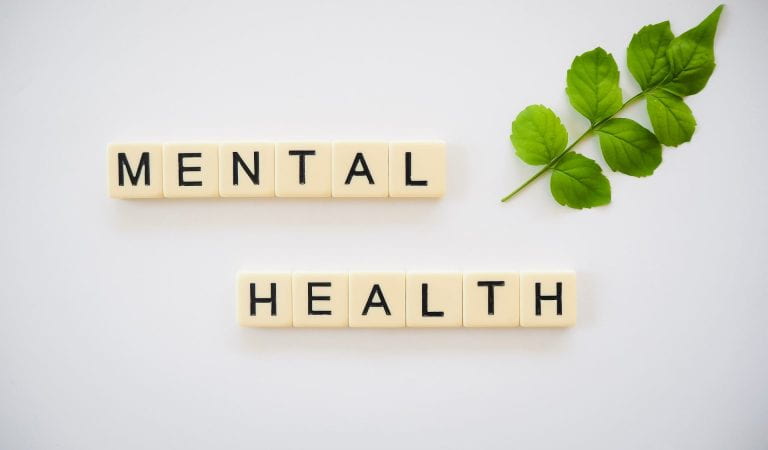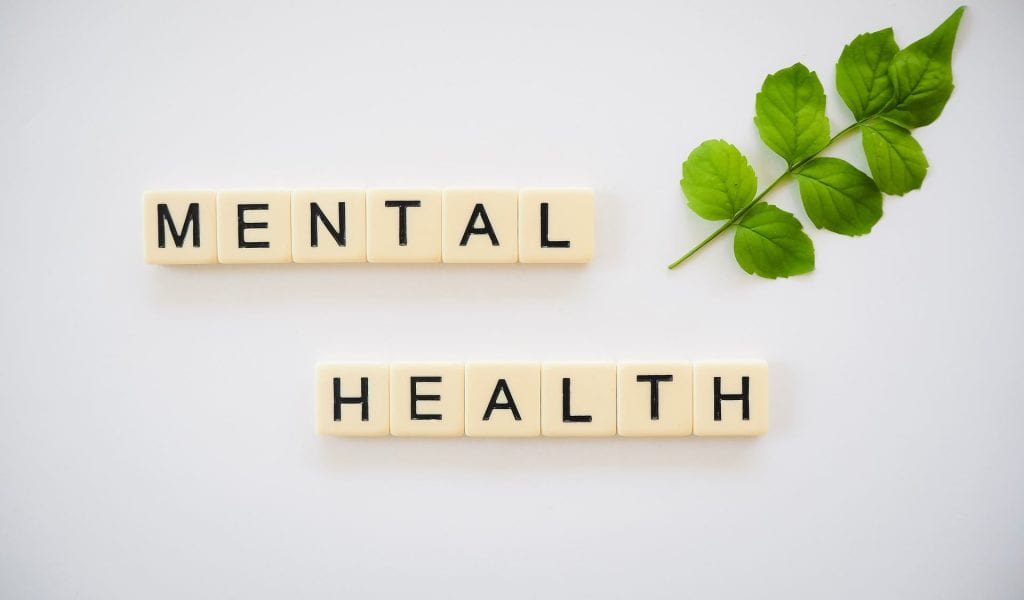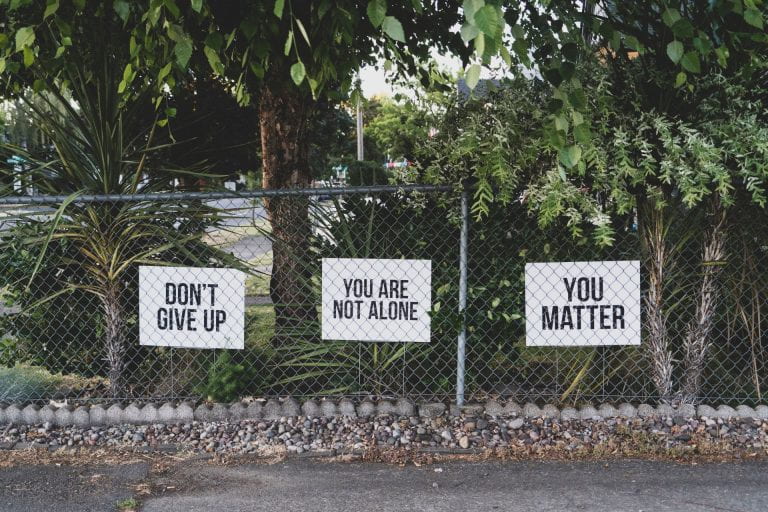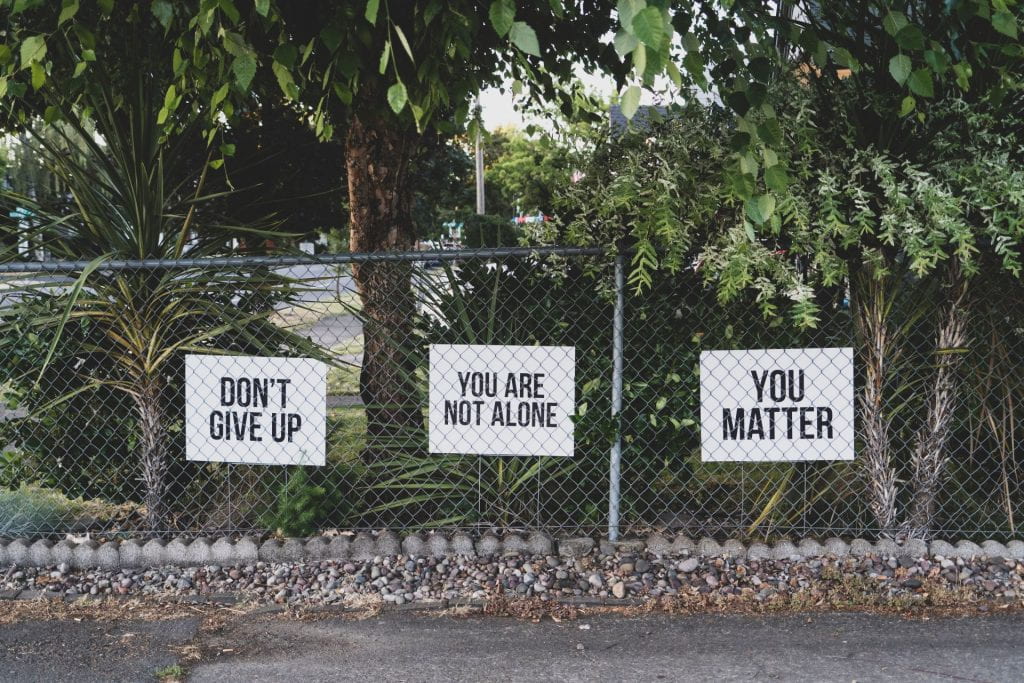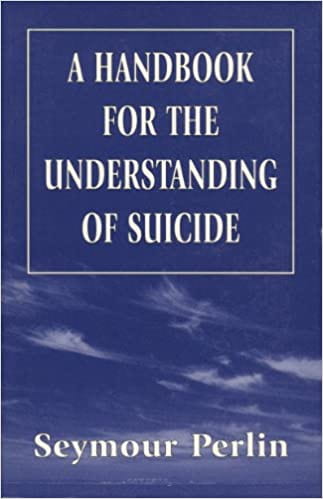
The Rotation is taking the time to spotlight units within our wider community. Today, we talk to Dr. Leigh Frame, director of the GW Resiliency & Well-Being Center within SMHS.
The Rotation: What year was the Resiliency and Well-being Center established? Did it emerge to address a specific need or priority within SMHS?
Dr. Leigh Frame: The GW School of Medicine & Health Science (SMHS) Resiliency & Well-being Center (R&W Center) was officially launched in 2021. Its foundational groundwork began in 2016 with the "One GW Health" concept, and further developed with the appointment of the first Chief Wellness Officer in 2018. The COVID-19 pandemic significantly accelerated the Center's formation as a vital response to critical need under the tutelage of SMHS Dean, Dr. Barbara Bass, and the direction of Drs. Lorenzo Norris and Leigh Frame.
The R&W Center emerged to address urgent and specific needs within the GW Medical Enterprise, primarily healthcare worker burnout and mental strain. The pandemic highlighted critical vulnerabilities, with 35-54% of nurses and physicians experiencing substantial burnout symptoms. A 2020 survey at GW revealed a 75-100% increase in negative well-being among residents, identifying critical needs such as after-hours appointments, protected clinical time for personal appointments, online self-scheduling, and telehealth options. These alarming findings underscored the necessity for a structured, tailored, whole-person approach to well-being and resiliency support.
The R&W Center has developed into a broader movement that fosters a culture of care and connection. Its work focuses on whole-person care, which is built on each individuals’ purpose, and provides services on institutional, departmental, and individual levels. There is a wide range of initiatives the Center offers, including mindfulness, webinars on a variety of health topics, and retreats.
The Rotation: There is a wide range of initiatives the Center offers, including mindfulness, webinars on a variety of health topics, and retreats. Which initiatives elicit the most participation from the community?
Dr. Leigh Frame: What makes the R&W Center stand out is its whole-person care model. The Center doesn’t just respond to crises; it actively works to prevent them by embedding wellness into the everyday lives of the people it serves. We believe that well-being is best cultivated through experience. Thus, some of the Center’s most popular offerings are the ones that engage all senses:
- Therapy dog visits that bring joy and calm, especially during exam periods or stressful rotations.
- “Ask the Expert” Lunches with students to create an informal conversation over healthy food to learn about well-being (e.g., nutrition, self-care, stress management).
- Yoga and mindfulness practices that reconnect minds and bodies.
- Art therapy workshops invite creative expression through various types of media.
- Sound bath meditation sessions provide a deep sense of rest and nervous system reset.
In addition, tailored programs like the Women’s Well-being Lecture Series are very popular, as they create spaces for candid conversations about the unique pressures and challenges in healthcare and academia face. Topics range from hormonal health and nutrition to work-life integration and equity, offering not just information but solidarity.
Another flagship offering, the Care for the Caregiver program, trains healthcare workers in Psychological First Aid and the Hope Module to provide support and linkages to resources for peers in distress, strengthening community bonds and creating a healthier system.
These offerings are not just feel-good extras. They are grounded in science and intentionally designed to provide safe spaces for conversations and self-expression and meet the real needs of healthcare professionals who are often operating at the edge of exhaustion.
Clinically, the R&W Center has seen individual encounters for psychotherapy and medication management steadily increase, rising from 176 in 2023 to 348 in 2024, with psychotherapy remaining the most utilized clinical service.
The Rotation: How do units within SMHS work with the Center to create a program or service?
Dr. Leigh Frame: One of the most accessible parts of the R&W Center is how easy it is to collaborate. Any faculty, staff, or trainee can request a no-cost consultation through the Center’s website. Our programs and services are multidisciplinary by design, drawing on a team of integrative health professionals with a wide range of expertise from behavioral health to nutrition science.
Whether you are a department chair hoping to build a stronger, healthier team culture, faculty seeking resources for learners, staff seeking a safe space to reflect, or a resident seeking strategies to manage stress, the Center will work with you to customize its services to meet your unique needs.
Programs can include lectures and workshops, experiential activities, monthly or quarterly wellness programming, grand rounds, peer support training, or even help revisiting departmental policies to better support work-life integration.
The Rotation: What are future plans for the Center—either new directions you plan to move or new types of programming or services you plan to provide?
Dr. Leigh Frame: The R&W Center is not slowing down; it is expanding. Plans for the future include:
- Deepening partnerships across departments and campuses to create a more unified culture of care, including the development of tailored well-being plans for each SMHS department.
- Creating a culture of care through expanding our Care for the Caregiver program (explained above) and institution-level initiatives.
- Integrating well-being and resiliency into our trainees’ experience through initiatives like proactive Resident Well-being Visits, designed to create an intentional safe space for check-ins, emphasize self-care, raise awareness of resources, and normalize help-seeking. This is an essential part of professional development.
- Enhancing research and evaluation efforts to continue building an evidence base for what works in promoting well-being within healthcare settings and refining our offerings.
- Continued program innovation informed by community feedback, emerging needs, and the latest science.
As the Center grows, so does its vision - to help GW Medicine become a national model of what it looks like when wellness is not an afterthought, but a foundation.




